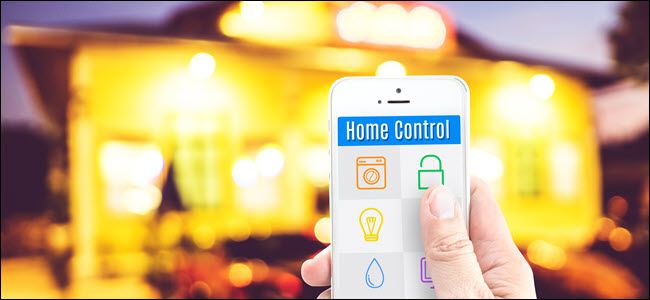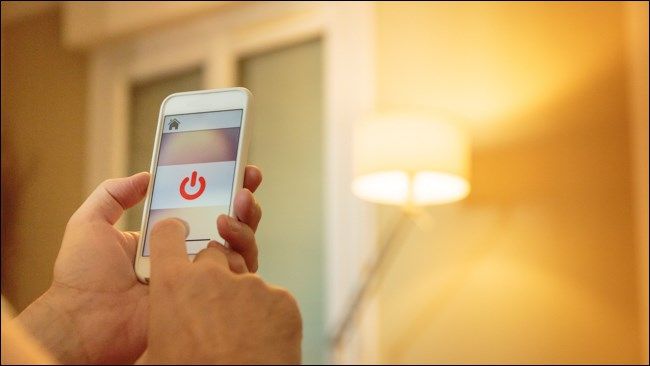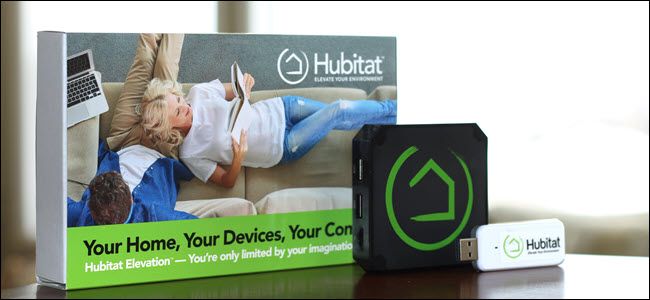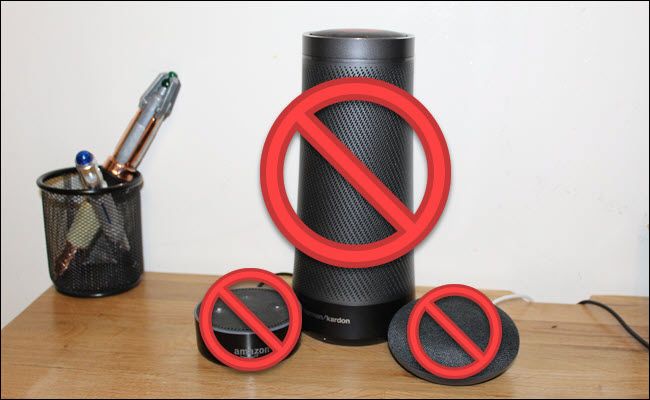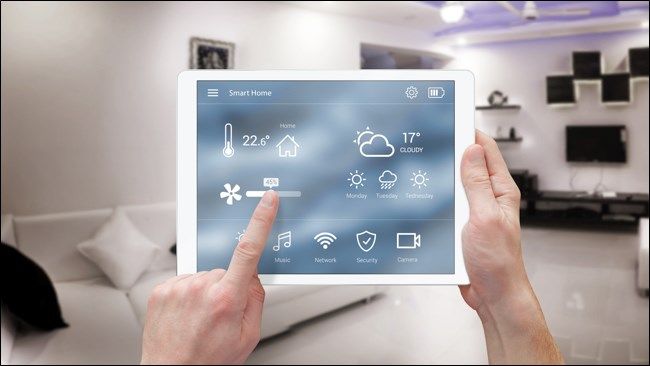Quick Links
The easiest smarthome tech uses the cloud to do the heavy lifting. But that means you give up your privacy. And if the company shuts down, so does your smarthome. Here's how to bypass the cloud in your smarthome setup.
Why a Locally-Controlled Smarthome?
Cloud-powered smarthomes are feature-rich and include some niceties, but they do come with disadvantages.
First, you have to give up a modicum of privacy. Google, Amazon, Apple, and even Microsoft voice assistants used to record everything you said to them and often sent those recordings to humans for review. While Google, Amazon, and Apple have taken steps to alleviate those concerns, Microsoft still hasn't changed anything. Some cloud-powered devices also record your activities. Manufacturers use the information to improve systems, but in some cases, they sell your anonymized data.
Second, if the company cloud that drives your smarthome tech closes up shop or abandons the smarthome category, your devices will no longer work.
This very thing happened with the Lowe's Iris and Revolv hubs. Likewise, Best Buy recently announced it's shutting down the Insignia smarthome line. So, Insignia smart plugs, cameras, and light switches will stop functioning. And if you have an Insignia Smart Wi-Fi Freezer, soon it will be just a freezer.
If you build a locally controlled smarthome, you sidestep all these issues. Your data doesn't leave your home, and even if a manufacturer quits, your devices keep working.
Keep in mind, though, creating a local-controlled smarthome isn't for the faint of heart. But here's what you need to do to kick the cloud to the curb.
Start with a Locally-Controlled Hub
Every smarthome needs a brain to power it. Unfortunately, most of the time, those "brains" involve the cloud. For example, both Wink and SmartThings offer hubs with some amount of local control, but they still reach out to the internet for some features.
Thankfully, you have other options, such as Hubitat, an entirely locally controlled hub. Any command you send to it or automation you set up runs at the local level. Another advantage of Hubitat is it's a pre-built system. The downside is the process to set it up creates automations similar to complicated router interfaces.
Home Assistant is a build-your-own hub solution. With this option, you get exactly the smarthome you want, with all the features you want. However, you have to do everything yourself, including building the hub from a Raspberry Pi.
Of these two options, Home Assistant's interface is more polished, but Hubitat's setup process is more user-friendly.
Other options, like OpenHab, offer similar features. In every case, though, you should expect to do more setup than you would with a cloud-friendly hub like Wink.
Also, be careful of which options you enable---if you connect to a cloud service, all your smarthome data can and will go to the cloud.
Switch to Z-Wave or ZigBee Devices
Now that you have a local hub, you need devices to power your smarthome. Any Wi-Fi-based plugs, bulbs, locks, or switches have to go. Most Wi-Fi smart devices connect to a cloud service to work, even when you use them with a hub.
Instead, use either Z-Wave or ZigBee devices. Which you pick is up to you, but they're more similar than different.
Z-Wave devices tend to broadcast at a longer range, so you can place devices farther apart. ZigBee devices create larger mesh networks, so if you have a lot of them, distance isn't an issue. Either way, pick one protocol and stick with it as much as possible.
You can purchase Z-wave or ZigBee bulbs, switches, plugs, locks, and more.
Ditch Voice Assistants
Voice assistants are one of the most convenient ways to control your smarthome. But whether you use Google Home or Amazon Echo, you involve the cloud. What you say can end up on company servers, even if Google lets you opt-out.
Even with the opt-out option, you're still using the cloud, and your voice is always going to the company's servers. If the goal is to ditch the cloud, that's not good enough. Sadly, we can't recommend a viable local voice assistant as all use the cloud, at least, to some extent.
Giving up the convenience of voice control might seem hard, but you do have another option: automation.
Automate Everything
Without a voice assistant, you need another way to control your smarthome. Thanks to your hub, you can control everything in a single app. But that's not always convenient---especially if you have younger family members who don't have smart devices.
That's okay, though. When you use a locally controlled Z-Wave or Zigbee hub, you can enable your smarthome's superpower---automation. You can use automation to turn lights on or off when you enter or leave a room. You can turn on your heated blanket when you walk into the bedroom on a cold night. And your smarthome can shut itself down when no one's home.
The most expensive and challenging part of this venture is to set up the automation. First, you need a variety of motion, temperature, contact, and water sensors. Expect to spend somewhere in the range of $30 to $60 per sensor. And, as you'll likely want to automate your entire home, you'll need more than one of each sensor.
Once you have your house decked out with sensors, your next step is to learn your chosen hub's automation engine. The basic premise is usually "if this, then that" conditions. If the bathroom sensor detects motion, turn on the light. If the living room is empty for more than 10 minutes, turn off the smart plugs.
As you master the rules, some hubs (like Hubitat) can accomplish more complicated scenarios. For example, you can combine conditions, such as time of day and if anyone is in the room before the hub turns on the floor fan.
The ultimate goal is a smarthome that anticipates your needs and proactively works, as opposed to one that reacts to voice commands.
It takes some effort to put together an entirely locally-controlled smarthome. You also might have to buy new components, learn new rules, and give up voice commands. But you'll have total control of your data and a smarthome that works exactly as you want it to. The process is pricey, but might be worth it in the long run.

